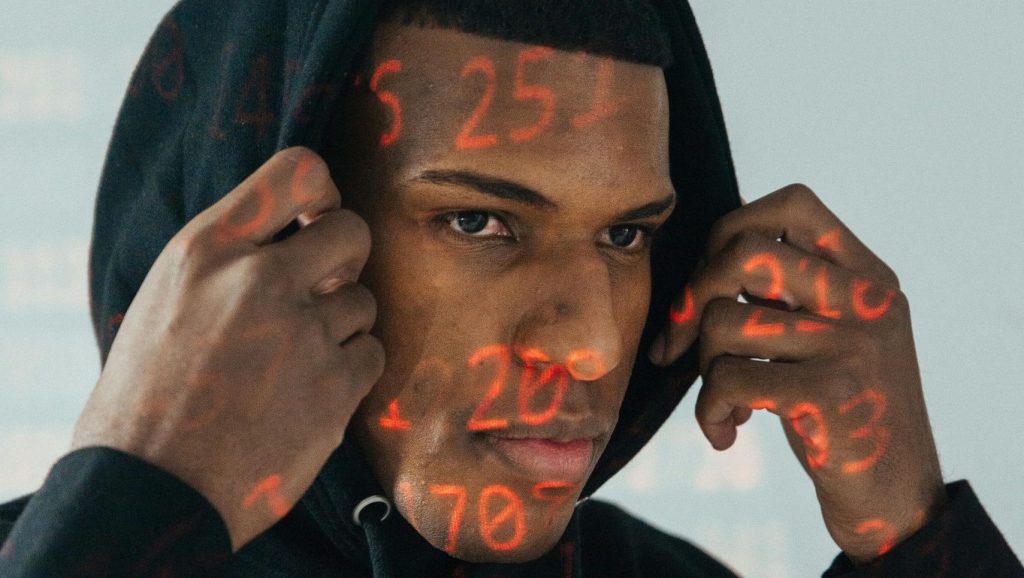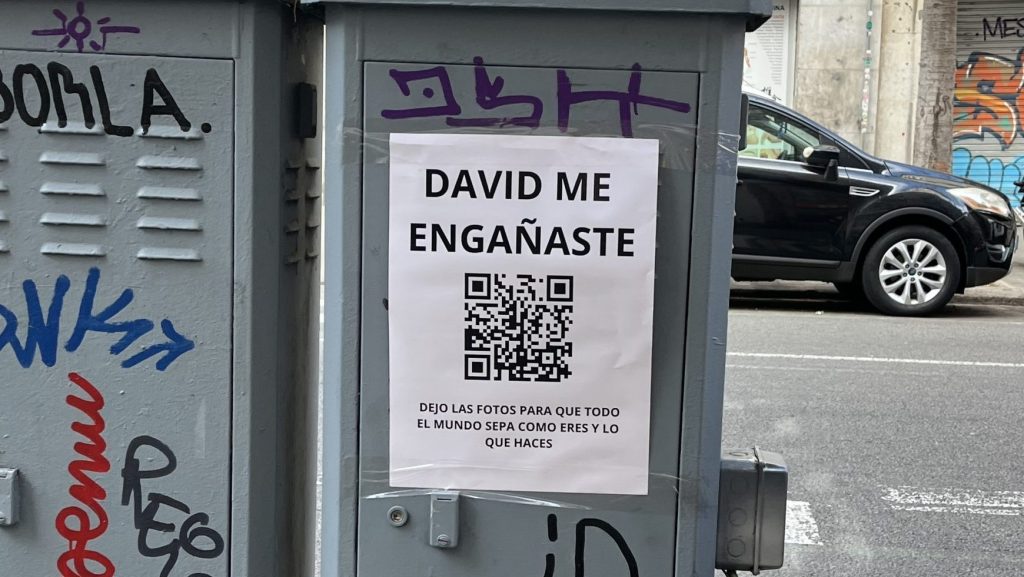Finding videos of yourself online without your consent is more common than many people think, especially on social media. What many uploaders don’t realize is that videos are considered personal data, and sharing them without permission is grounds for requesting their removal.
Under the Organic Law on Data Protection (LOPD), you have the right to ask for videos to be deleted if you believe they’re inappropriate or excessive. The first step is usually to contact the person who uploaded the video and request its removal directly.
Why videos online can be a problem
It’s increasingly common to come across videos of yourself on the internet—especially on social media. The person who uploaded them may not realize that videos count as personal data and that sharing them without consent is grounds to request their removal.
Under data protection laws such as the Spanish Organic Law on Data Protection (LOPD), you have the right to ask for videos to be deleted if they are inappropriate or excessive. The first step is always to contact the person who uploaded the video and request its removal directly.
What you should know about removing videos from the internet
Like most online content, videos are hosted on websites or specific platforms. Unlike text or images, videos are usually concentrated on services like YouTube, Vimeo, Dailymotion, or Twitch. They can also be hosted on SaaS platforms such as Wistia, Vidyard, or Loom, where companies store videos for distribution.
The challenge is that once uploaded, videos can be shared widely across the web, embedded on other sites, and indexed by search engines. That means removing them often requires addressing multiple sources—the original platform, any third-party websites that shared it, and even search engines that index it.
Steps to remove videos from the internet
Videos online always have a source: either the platform hosting them or an external website. To protect your online reputation, here’s what to keep in mind:
- If the video is hosted directly on the platform or app: Request its removal through the site’s reporting system.
- If the video is embedded from another service (e.g., YouTube): Contact both the website owner and the hosting platform.
- If the video appears in search results: You’ll need to request removal from the search engine index.
In practice, this could mean contacting three different entities to ensure the video is completely removed. And in cases of an online reputation crisis, the process can become much more complex—requiring fast, coordinated action that is difficult without professional support.

Removing videos from social media
On social media, videos can appear in two ways: either uploaded directly to the platform or shared from another source.
In either case, you can report the video so that the post is taken down. Platforms like YouTube use automated systems to detect and remove content that violates their policies, such as pornography or unauthorized use of trademarks.
If the violation is less clear, you can still report the content through the platform’s tools. For example, here’s how to request the removal of a video on YouTube.
For shared videos (like those reposted on Facebook or X/Twitter), reporting the post may remove it from the platform, but you’ll also need to contact the source to ensure it’s deleted permanently.
Frequently Asked Questions
Who owns the rights to a video on the internet?
Generally, the rights belong to the person who uploaded it. However, image rights apply: if you appear in a video without your consent, you can demand its removal. The same goes for brands, which can claim trademark violations or request removal.
Can I remove any video from the internet?
No. You can only request the removal of videos that infringe on your honor, privacy, or image rights.
What if a personal video isn’t removed after I request it?
You can take legal action against the uploader or the platform. Major platforms like YouTube usually comply with removal requests when personal rights are violated, but on private websites the responsibility lies with the site owner.
Can I claim damages for publishing personal videos without consent?
Yes. You can claim damages if a video violates your privacy or dignity. This often occurs in cases of “revenge porn,” where sharing private videos can result in serious legal penalties for the offender.
Are videos about individuals treated the same as videos about brands?
No. Videos involving individuals are protected by personal privacy and image rights. Brand-related videos may also be actionable if they are defamatory or infringe on trademarks, but the legal framework is different.
Can I request the removal of videos of my children or others?
Yes. You can request removal for minors or individuals under your legal guardianship. You may also act on someone’s behalf if you have written authorization. Content removal companies often handle these cases.

Conclusion
As you’ve seen, removing videos from the internet can be a time-consuming and complex process. It often requires finding the source, filing multiple takedown requests, and navigating different procedures depending on the platform.
That’s why turning to specialists in online reputation management is often the smartest choice. Experts know exactly how to handle removals efficiently and ensure that unwanted content is removed permanently.
At Repscan, we specialize in removing harmful videos and protecting both your personal and professional image. Instead of dealing with multiple platforms and complicated processes on your own, our team can handle everything for you—saving you time, stress, and frustration.
Has someone tried to damage your reputation by publishing personal videos without your consent? Contact us today and let us help you regain control of your digital presence.
Photos, videos, negative reviews, or fake news can impact your image.
We help you remove or deindex them. Leave your details and we’ll contact you.
Photos, videos, negative reviews, or fake news can impact your image. We help you remove or deindex them. Leave your details and we’ll contact you.




















